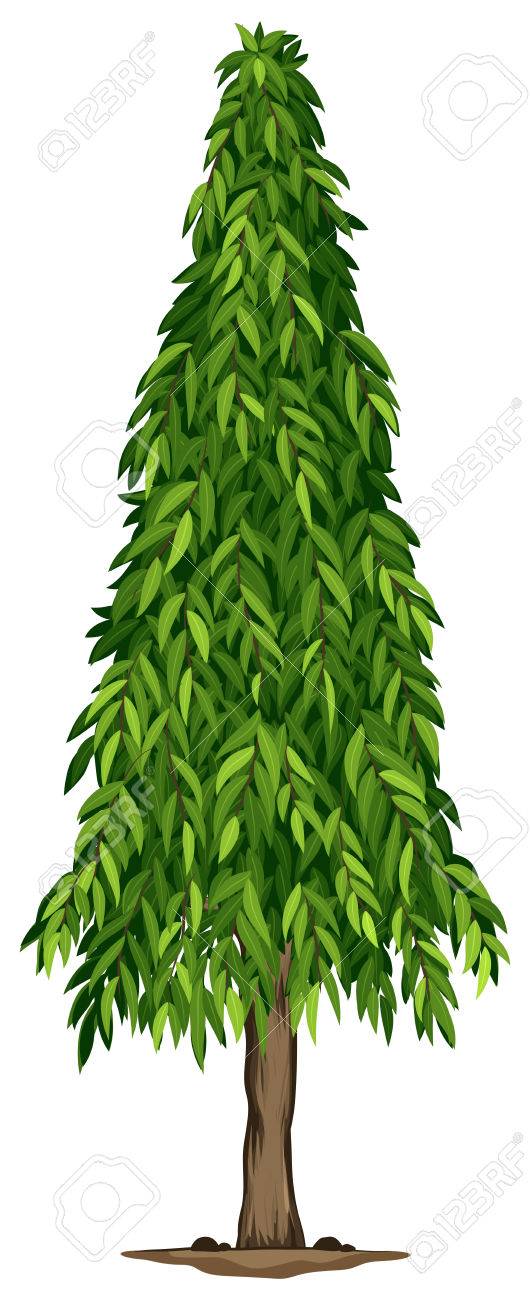Image

Common Name and Scientific classification:
| Category | Name |
| Kingdom | Plantae |
| Clade | Tracheophytes |
| Clade | Angiosperms |
| Clade | Eudicots |
| Clade | Rosids |
| Order | Fabales |
| Family | Fabaceae |
| Genus | Saraca |
| Species | S. asoca |
Description:
The ashoka is a rain-forest tree. Its original distribution was in the central areas of the Deccan plateau, as well as the middle section of the Western Ghats in the western coastal zone of the Indian subcontinent. The ashoka is prized for its beautiful foliage and fragrant flowers. It is a handsome, small, erect evergreen tree, with deep green leaves growing in dense clusters. Its flowering season is around February to April. The ashoka flowers come in heavy, lush bunches. They are bright orange-yellow in color, turning red before wilting. As a wild tree, the ashoka is a vulnerable species. It is becoming rarer in its natural habitat, but isolated wild ashoka trees are still to be found in the foothills of the central and eastern Himalayas, in scattered locations of the northern plains of India as well as on the west coast of the subcontinent near Mumbai. There are a few varieties of the ashoka tree. One variety is larger and highly spreading. The columnar varieties are common in cultivation.
Health Benefits:
Help treat acne
Ashoka Tree Herb For Gynecological Problems
Ashoka Tree Bark Helps improve intellect
Ashoka Tree Leaves in Skin Care
Ashoka plant Prevents Internal Bleeding
Deals with stomach swelling and inflammation
Ashoka Tree for Piles and Diabetes
Ashoka Tree Prevents diarrhea
Removes kidney stones and treats asthma
Ashoka Flower Helps in Relieve Pain
Side Effects:
Although the health benefits of Ashoka tree are numerous, pregnant women should abstain from consuming products from this tree as it might lead to complications.
People who are sensitive to certain types of food should consult a doctor before consuming products of this tree.
Harvest management
Uses of Ashoka Tree:
The bark of the Ashoka tree good for skin and used to prepare cosmetics that help to improve skin complexion.
It helps to prevent the condition of scanty and difficult urination and even acts as an antidote to a scorpion bite.
Even its dried flowers of Ashoka tree are advantageous for diabetic patients.
Nutritional Value:
There are a number of essential nutrients that can be derived from the Ashoka tree. It contains tannins, glycoside, essential oils and calcium. It also contains carbonic compounds of carbon and iron while the bark of the tree contains ketosterol.
Climate and soil:
Asoka grows well in moist tropical areas with well-distributed rainfall.
It also thrives well in partially shaded locations.
Disease and pest control:
Asoka grows well in moist tropical areas with well-distributed rainfall.
It also thrives well in partially shaded locations.
Crop maturity and harvesting:
Flowering in Asoka takes place in the early growth stage.
The plant flowers profusely at six to eight years of age and produces fruits during July to October.
The tree survives for about 50 years.
It is often felled after it reaches 20 years of age for collecting bark.
It is cut at a height of 15 cm from the soil level.
If sufficient irrigation and fertilizers are provided, the stumps will regenerate new coppice shoots, which can be harvested again after 10 years.
Alternatively, the bark can be collected without cutting down the tree.
The bark is peeled off in vertical strips with 6 cm interspaces between each strip.
The peeled off area is renewed with fresh bark in one to two years.
Then, the bark on the other areas can be peeled off without cutting the tree.
This non- destructive method should be preferred for harvesting.